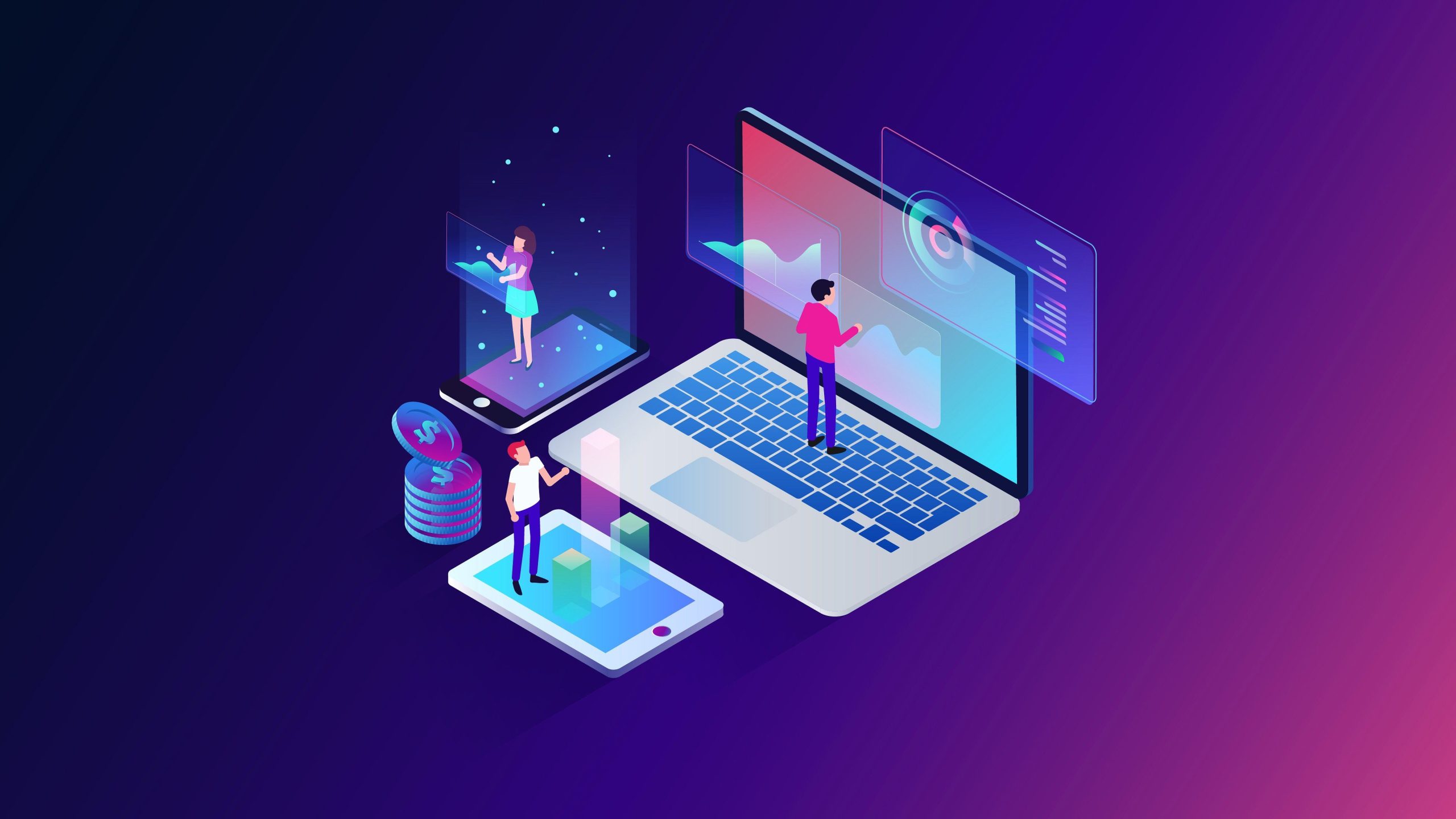This question is a classic among computer scientists. But the difference between these two movements ultimately lies in the values they underlie. Below is an excellent article reproduced from developpez.com that describes these subtle differences.
According to Richard Stallman, the fundamental difference between the two concepts lies in their philosophy: “Open source is a development methodology; free software is a social movement.
When discussing software in the developer communities, it is common to see two groups with opposing ideals. One that has a preference for proprietary software and the other on the opposite end of the spectrum that has opted for free or open source software. Although these last two terms are used interchangeably by many people, they are two distinct concepts whose difference is sometimes not obvious. But what is at the origin of the Free Software and Open Source movements? What is their common denominator and what is the fundamental difference between these two concepts?
From proprietary software to free software

First of all it should be noted that the concept of Free Software is older than that of Open Source. The idea of Free Software originated from a movement founded by Richard Stallman, known as the father of the GNU project. Free software stands in opposition to proprietary software that imposed licensing limitations on users. The goal of Free Software is to offer more freedom to individual users or groups of users to use the software. Users should have the freedom to run, copy, distribute, study, modify and improve the software.
The definition of free software has undergone several revisions over time to clarify certain subtleties. But in concrete terms, for a software to be qualified as free, it must respect 4 criteria of freedom:
- The freedom to run the program as you wish, and for any purpose (freedom 0);
- The freedom to study how the program works, and modify it as you wish for your computer (freedom 1);
- The freedom to redistribute the copies you received (freedom 2);
- The freedom to distribute copies of your modified versions to give the whole community a chance to benefit from your modifications (freedom 3).
Source: Free software explained by Richard Stallman. Excerpt from the documentary ” Internet ou la révolution du partage “, by Philippe Borrel, produced by Arte France and Temps Noir.
Freedoms 1 and 3 require access to the source code. Any software that does not offer users these 4 freedoms is called proprietary software, according to the free software movement. The definition of these freedoms gives control of the computer and the software used to the user, and not to the software manufacturer.
Free software is not necessarily free
Many people tend to believe or have once thought that the fact that a software is free would also mean that it is free, this is not true at all. This false belief comes from the English word “free” which means both free and free. To avoid confusion, the term “free software” is sometimes used instead of “free software”.
[note from itopie: we also find the name FLOSS for Free / Libre and Open Source Software].
From free software came open source
The association between open source and free software has been a barrier to commercial adoption, whereas open source software should also be available for commercial use, development and distribution. In 1998 in California, free software advocates came together to bring the ideas and benefits of free software to the commercial software industry. The free software movement was renamed to become open source, emphasizing the benefits of code sharing and collaboration for businesses.
Open source is therefore based on the principles of free software, but the founders of the new movement have defined ten prerequisites that a project must meet to qualify as open source:
- Redistribution must be free;
- The program must be distributed with the source code, otherwise there must be a high-profile way to get it for free;
- The license must permit modifications and derivative works, and must allow them to be distributed under the same terms as the original software license;
- To maintain the integrity of the author’s source code, the license may require that derivative works bear a different name or version number than the original software;
- The license shall not discriminate against any person or group of persons;
- The license must not forbid the use of the program in a specific field of activity;
- The rights attached to the program must apply to all those to whom it is redistributed, without any obligation for these parties to obtain an additional license;
- The license does not have to be product specific;
- The license must not impose restrictions on other software distributed with the licensed software. For example, the license must not require that all other programs distributed on the same medium must be open source software;
- The license must be technology neutral.
Fundamental difference between free and open source software
Whether it is free or open source software, the qualification criteria defined aim to give more freedom to users. It is therefore easy to distinguish them from proprietary software. However, it is not at all obvious to distinguish between free and open source software. According to Richard Stallman, the fundamental difference between the two concepts lies in their philosophy: “Open source is a development methodology; free software is a social movement”.